The SPDIF(Sony Philips Digital Interface) coaxial cable is crucial for transmitting digital audio. In this field, what we focus more on is the precision and clarity of the audio transmission.
Understanding how this special SPDIF coaxial connection works is useful for both enthusiasts and professionals, as technology advances in sound reproduction.
In your home entertainment systems or home theater systems, the SPDIF coaxial cable plays a critical role in transmitting high-quality audio signals.
This article discusses SPDIF coaxial cables and their continued use in audio networking. We will examine how these cables work and the reasons behind their popularity.
What Is SPDIF
SPDIF coaxial is a digital audio standard used to transport compressed digital audio signals between audio equipment. This standardized interface will transform the uncompressed or compressed digital audio from a source to a receiver. Furthermore, when transforming the signal, it does not require analog conversion. Also, it is helpful to preserve the audio fidelity.
SPDIF coaxial is both a digital protocol and a physical one because it is carried out via cables.
Even though these cables are coaxial or optical fiber, people are more prefer SPDIF coaxial cables with RCA connectors. Because of those special orange connectors, people can distinguish RCA coaxial cables from composite video cables.
SPDIF will employ both optical and coaxial wires to transmit signals. Optical SPDIF transmits light signals with fiber optic lines, whereas coaxial SPDIF transmits electrical signals with coaxial cables.
SPDIF supports various audio codes and sample rates, as a result, the SPDIF coaxial suits multichannel audio.
Home theater systems, audio interfaces, soundbars, and other audio devices frequently use SPDIF coaxial.
Compared to analog connections, SPDIF coaxial is able to transmit high-quality audio and even minimize signal degradation over greater distances.
SPDIF is important because it is simple, compatible, and reliable for digital audio transmission. Despite the introduction of newer interfaces, it remains significant.
SPDIF Coaxial and optical fiber both transmit audio signals in the same manner. However, optic fiber cables exhibit more jitters than coaxial cables when recreating transferred data.
Digital Audio Connections for SPDIF Signal
Sony/Philips Digital Interconnect Format coaxial cables are available in various materials and applications.
Learn about coaxial, optical, and HDMI cables to choose the best one for you.
Coaxial Audio Cables
These are the most common SPDIF coaxial digital cables, however, they are not the only ones. Coax cables consist of a conducting copper shield that encircles an insulator covering an interior conductor core.
The core conductor will carry the audio signal, while the metallic shield acts as a grounding and shielding device. The coaxial audio cables have one digital transmission jack and two analog transmission jacks.
The coaxial audio cables are famous because of their abilities, such as they can send signals over long distances. Furthermore, compared with regular analog cables, they have fewer chances to deteriorate signals.
People widely utilize coaxial audio cables in a variety of audio configurations. For instance, home theaters, studio environments, and professional audio systems, where audio quality and signal disturbance are critical.
Optical Audio Cables
However, while coaxial cables are superior to optical connections, they lack the capacity required to transmit HD audio signals.
Typically, optical audio connections serve as a type of digital audio connection for transmitting digital audio signals. However, they transmit audio signals via light rather than electricity.
As a result, they can transmit audio data precisely and interference-free. What's more, optical audio connections are also commonly known as TOSLINK connectors or SPDIF optical cables.
Optical audio cables change audio signals into light pulses, which are then sent through optical fibers. This approach assures excellent signal integrity while lowering the possibility of electromagnetic interference.
They are great for connecting devices far away as they maintain audio quality over long wire distances.
HDMI Connection
HDMI (High-Definition Multimedia Interface) is a digital interface and it can transmit high-quality audio and video information between devices.
HDMI supports a wide range of video resolutions, including HD and 4K, as well as a variety of audio formats.
People usually use this connection to link television, gaming consoles, and laptops. It will result in a seamless and high-fidelity multimedia experience. HDMI can also accommodate more audio channels as well as lossless audio formats.
Analog Audio Connection
Some people insist that analog audio is better than digital audio. Because they believe analog audio covers all materials in the recording process from transmission to final reproduction.
To complete the stereo sound, these analog audio connections use composite RCA cables that transfer two sides of the same data.
Composite RCA Cables
A conventional RCA connector typically transmits audio and video, and it uses three RCA Jacks. However, analog audio connections will use the composition RCA cables to convey the left and right channels of the audio. This audio cable does not support any HD content.
RCA connectors were first used in the 1930s to link phonograph turntables to radio receivers. These cables are now used in practically any audio component or equipment, such as CD players.
The jacks on these cables are white for the left/mono channel and red for the right channel.
Difference between SPDIF Coaxial Audio Cables and Composite RCA Cables
There are some key differences between coaxial audio cables and composition RCA cables.
To begin, they both send audio signals. SPDIF coaxial cables are digital, while composite RCA connections are analog.
Second, as a digital transmitting alternative, coaxial cables convey 5.1-channel audio with great fidelity. This is not possible with composite RCA cables.
Third, SPDIF coaxial cables shield from external noise, making them ideal for RF applications, whereas RCA does not.
Fourth, people continue to utilize coaxial cables, despite the fact that most equipment that used RCA wires is now obsolete.
Understanding SPDIF coaxial cables enhances your understanding of digital audio. It benefits audiophiles seeking high-quality sound and professionals in the music industry.
Technology advancements in audio engineering have led to the development of these cables.
They are designed to ensure clear and captivating listening experiences from the moment the sound is transmitted. These cables demonstrate innovation and reliability in audio engineering.


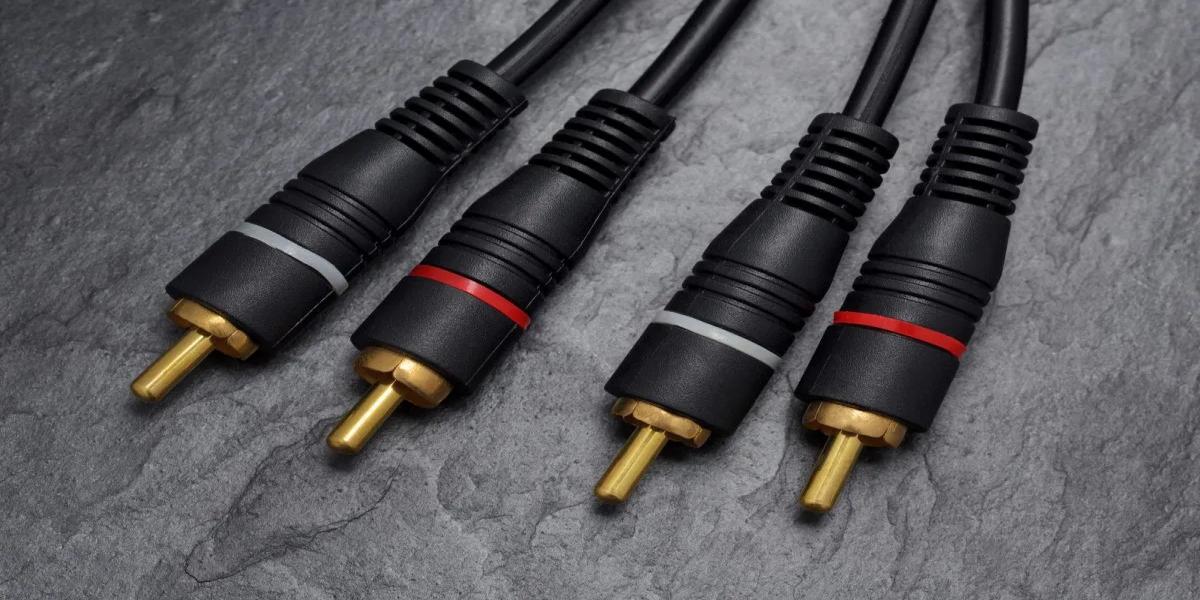
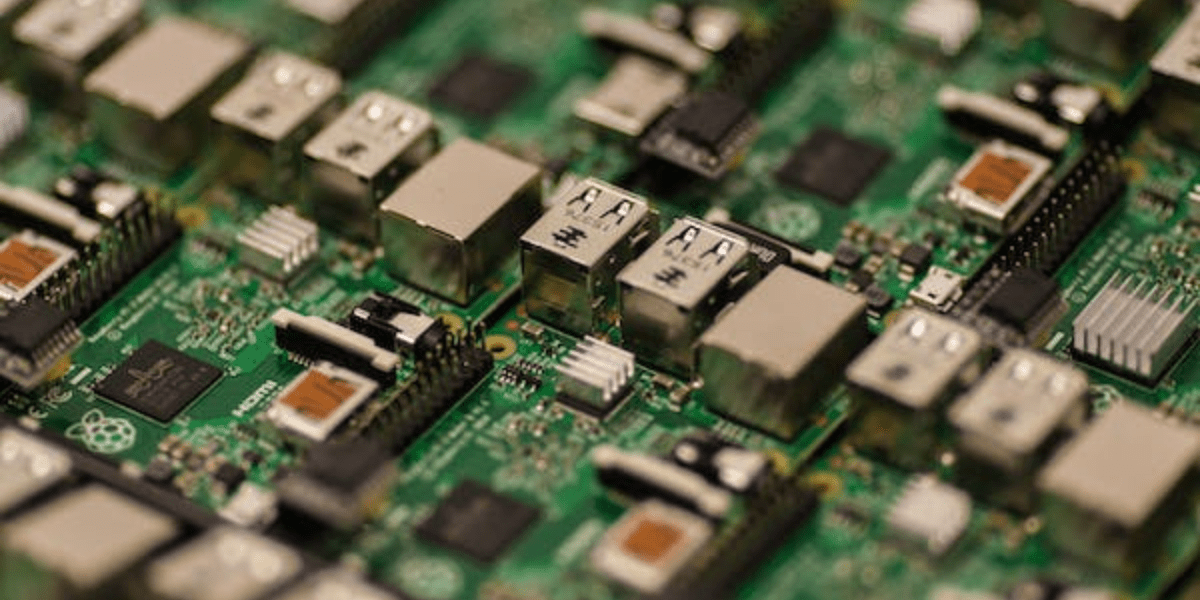
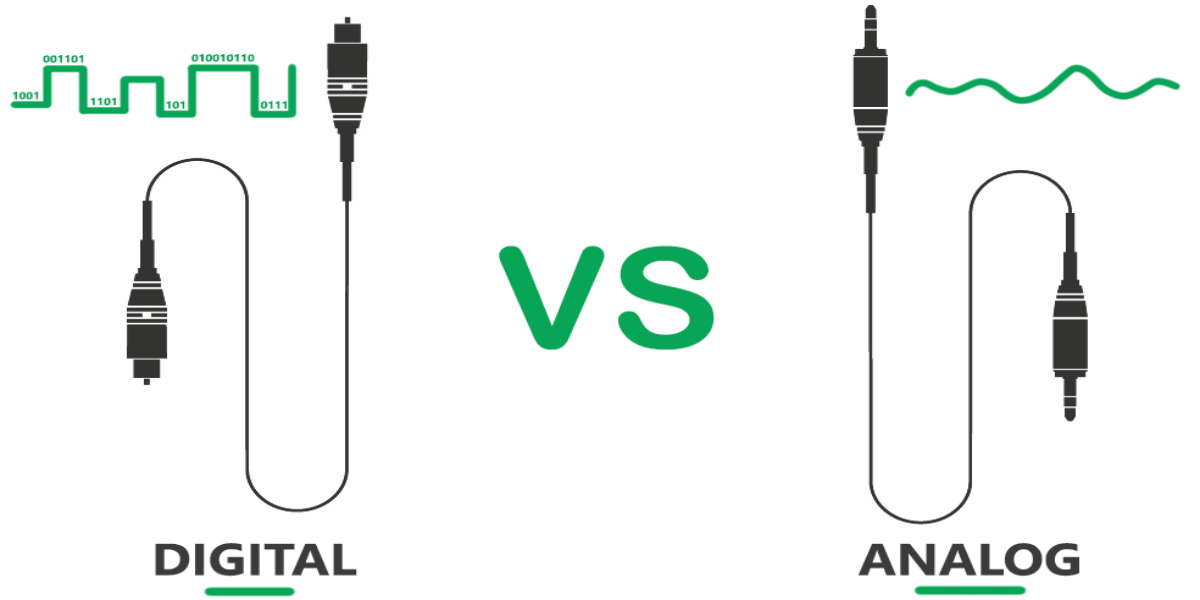
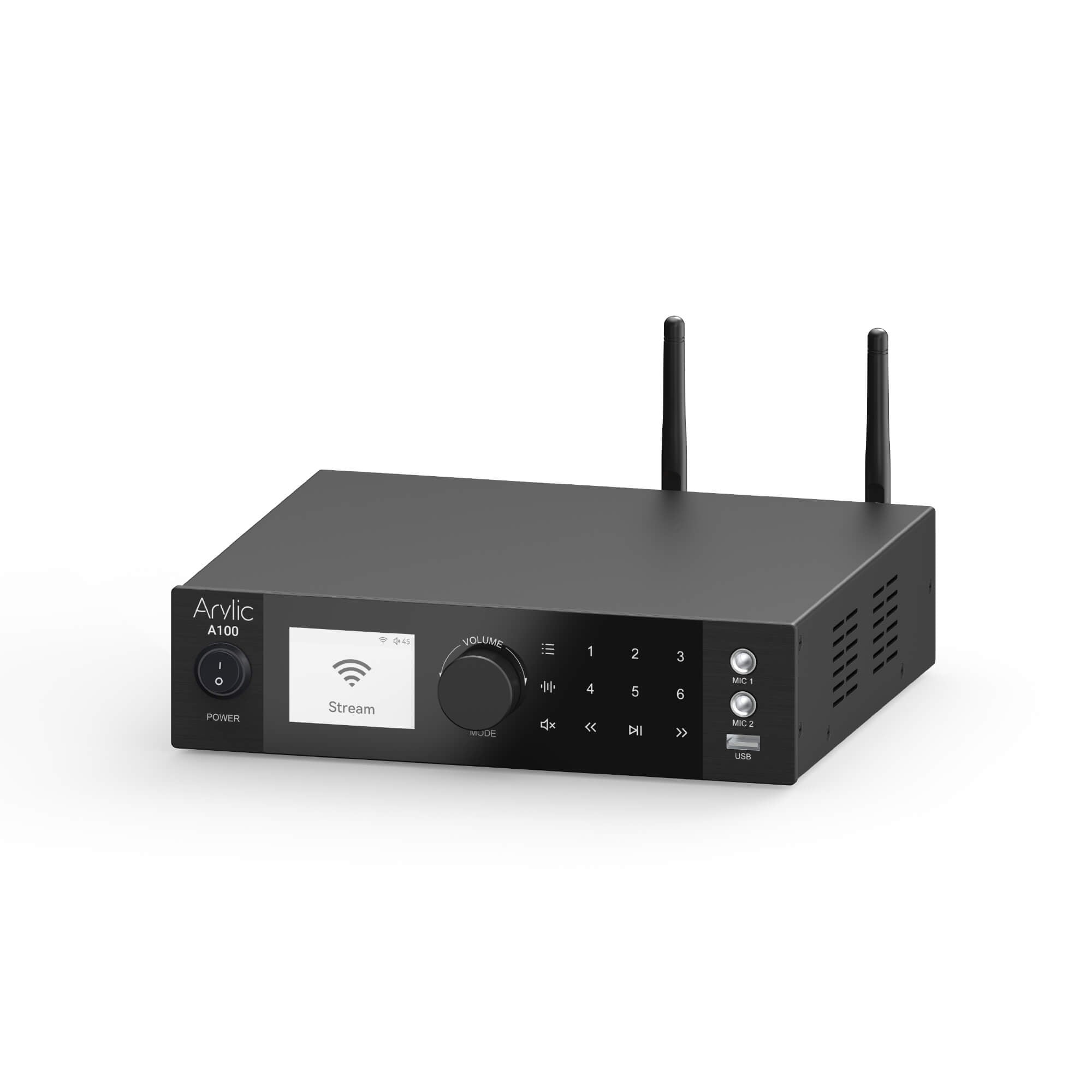
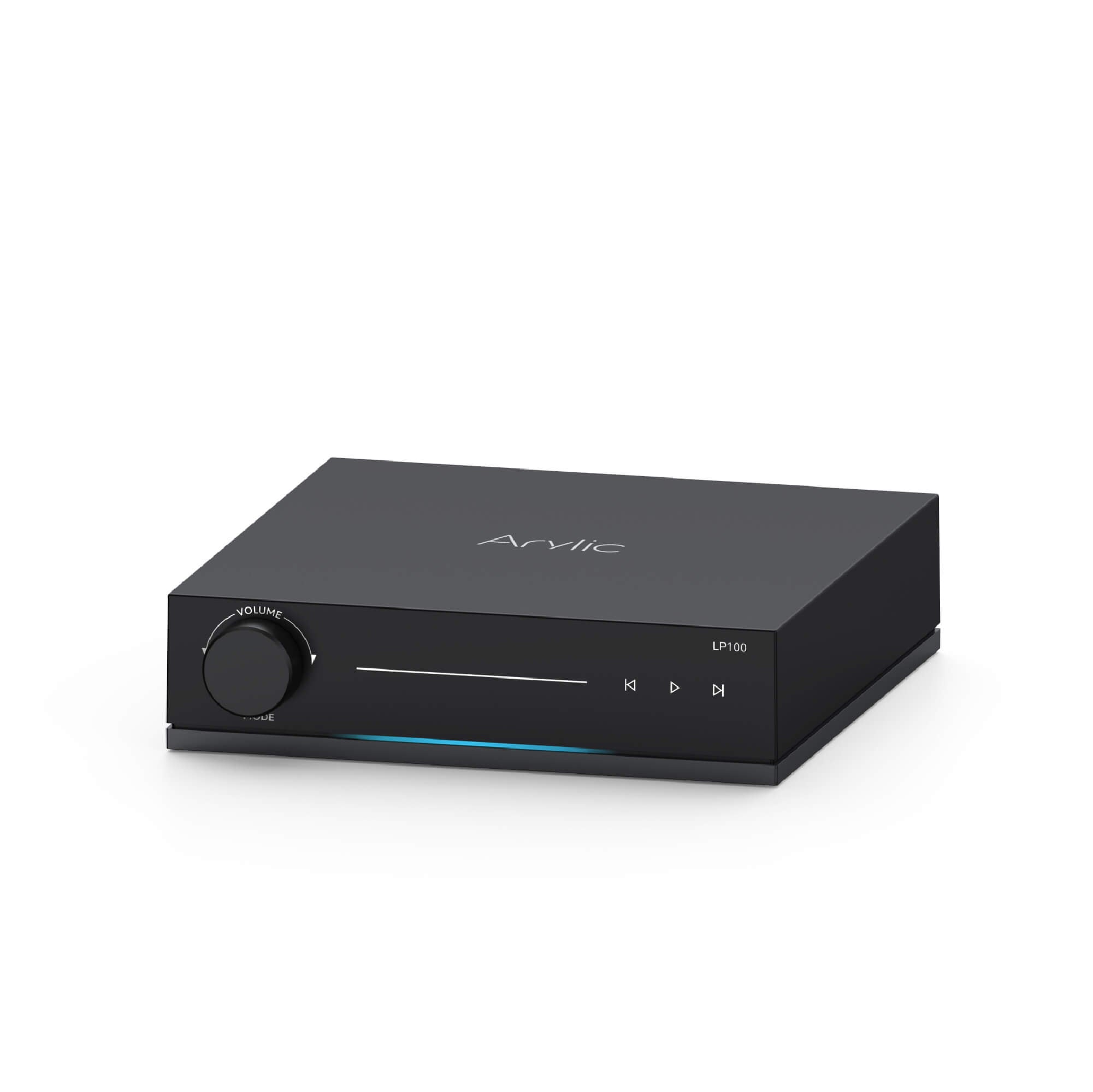
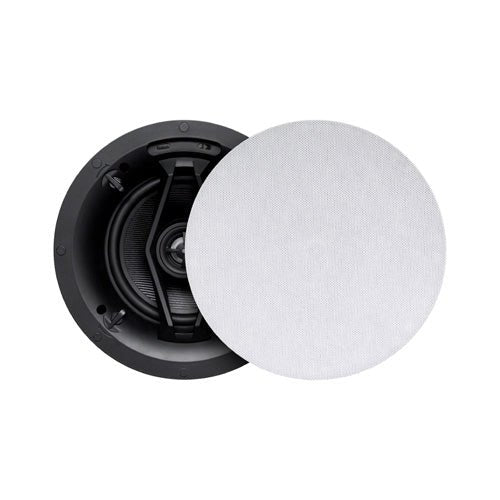
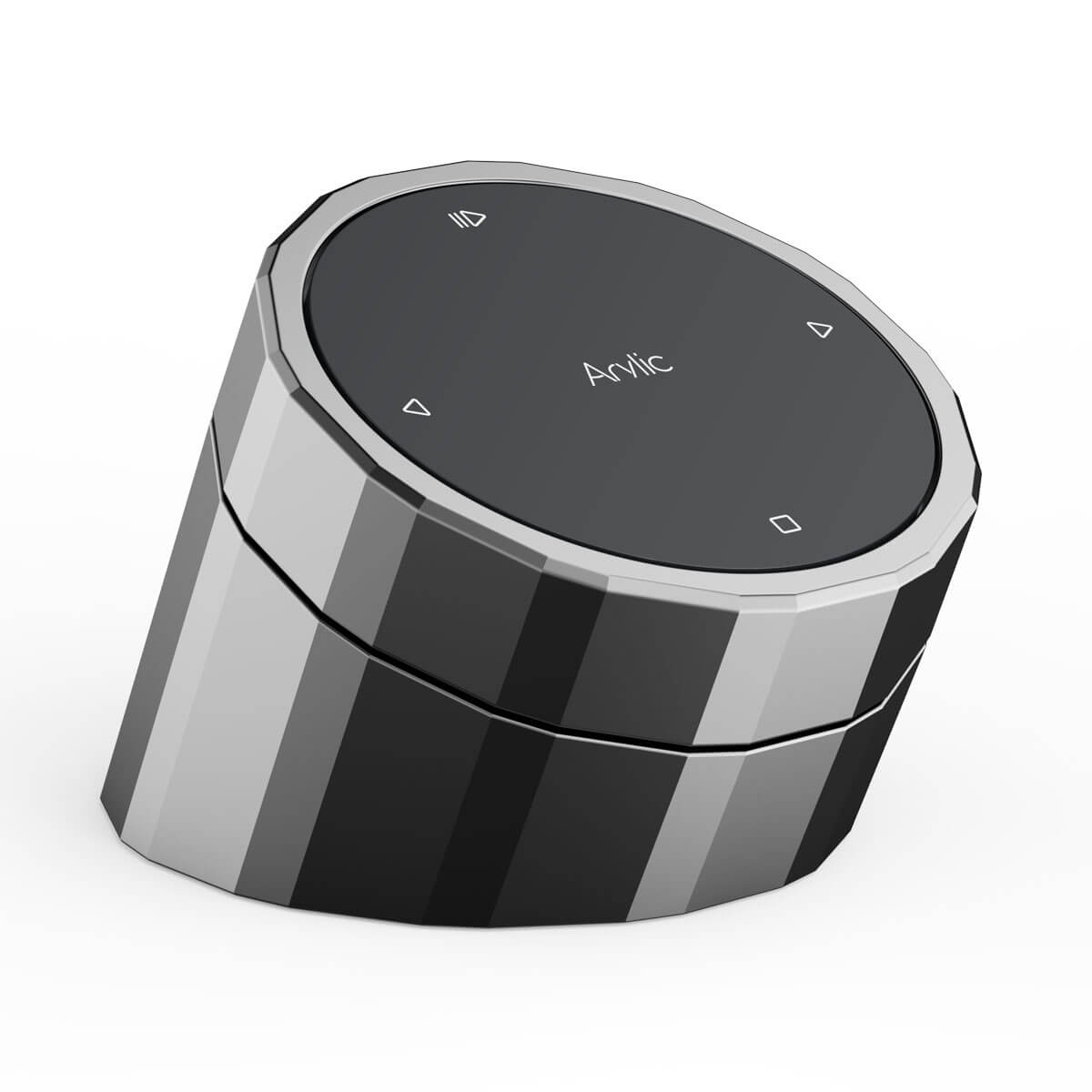
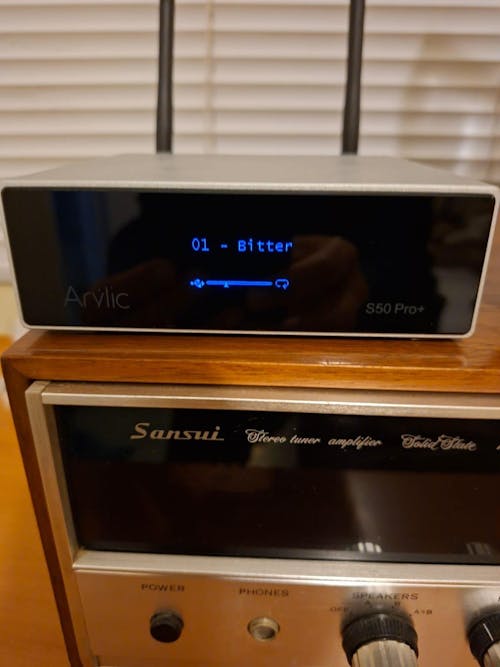
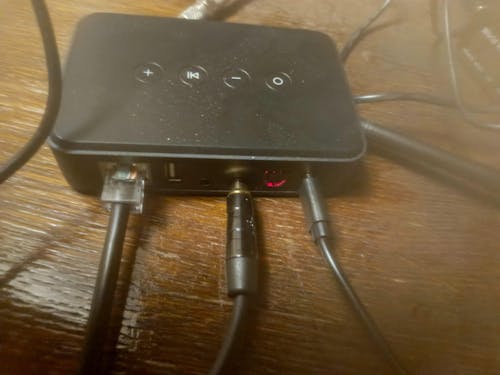
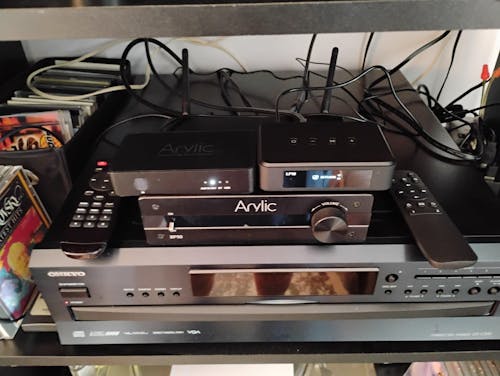
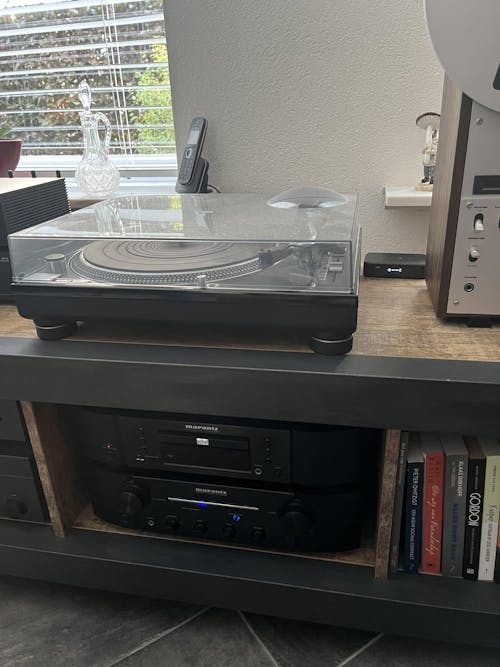
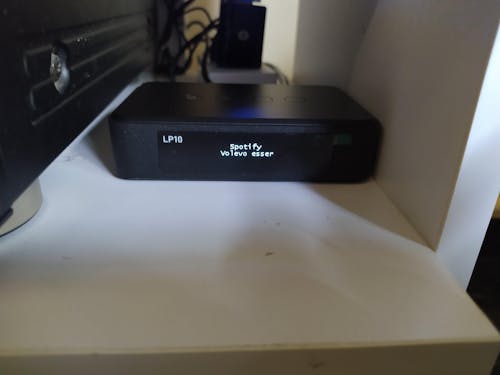
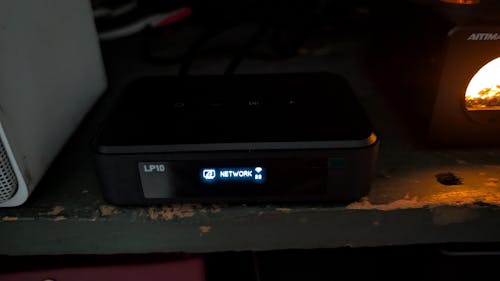
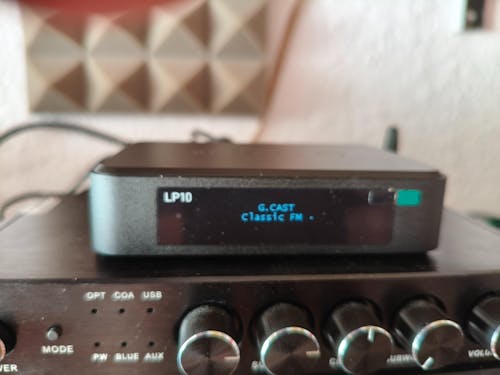


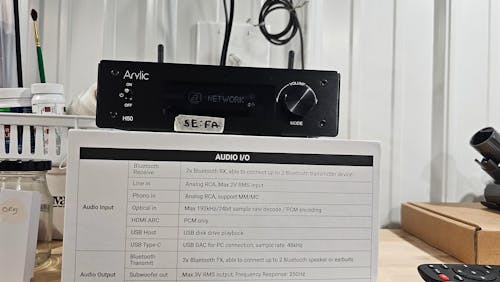
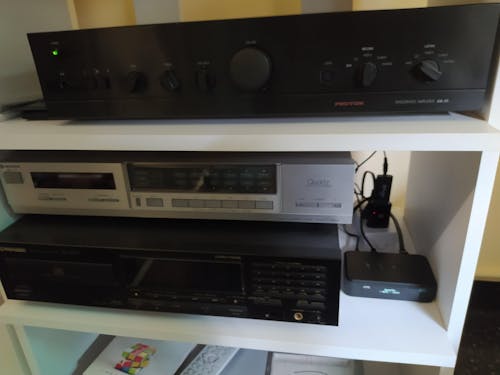
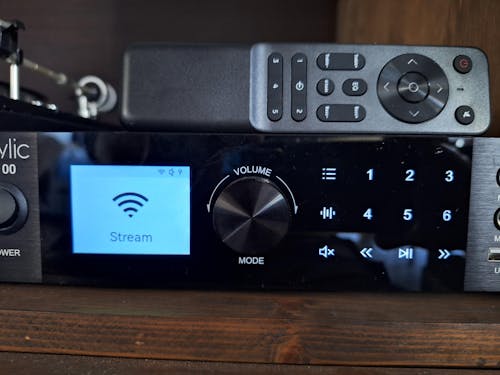
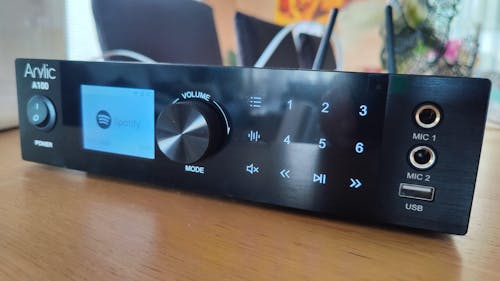

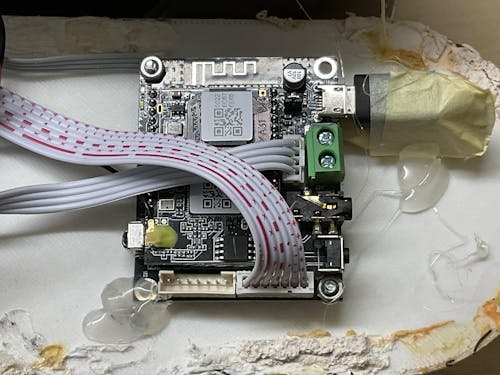
Leave a comment
All comments are moderated before being published.
This site is protected by hCaptcha and the hCaptcha Privacy Policy and Terms of Service apply.